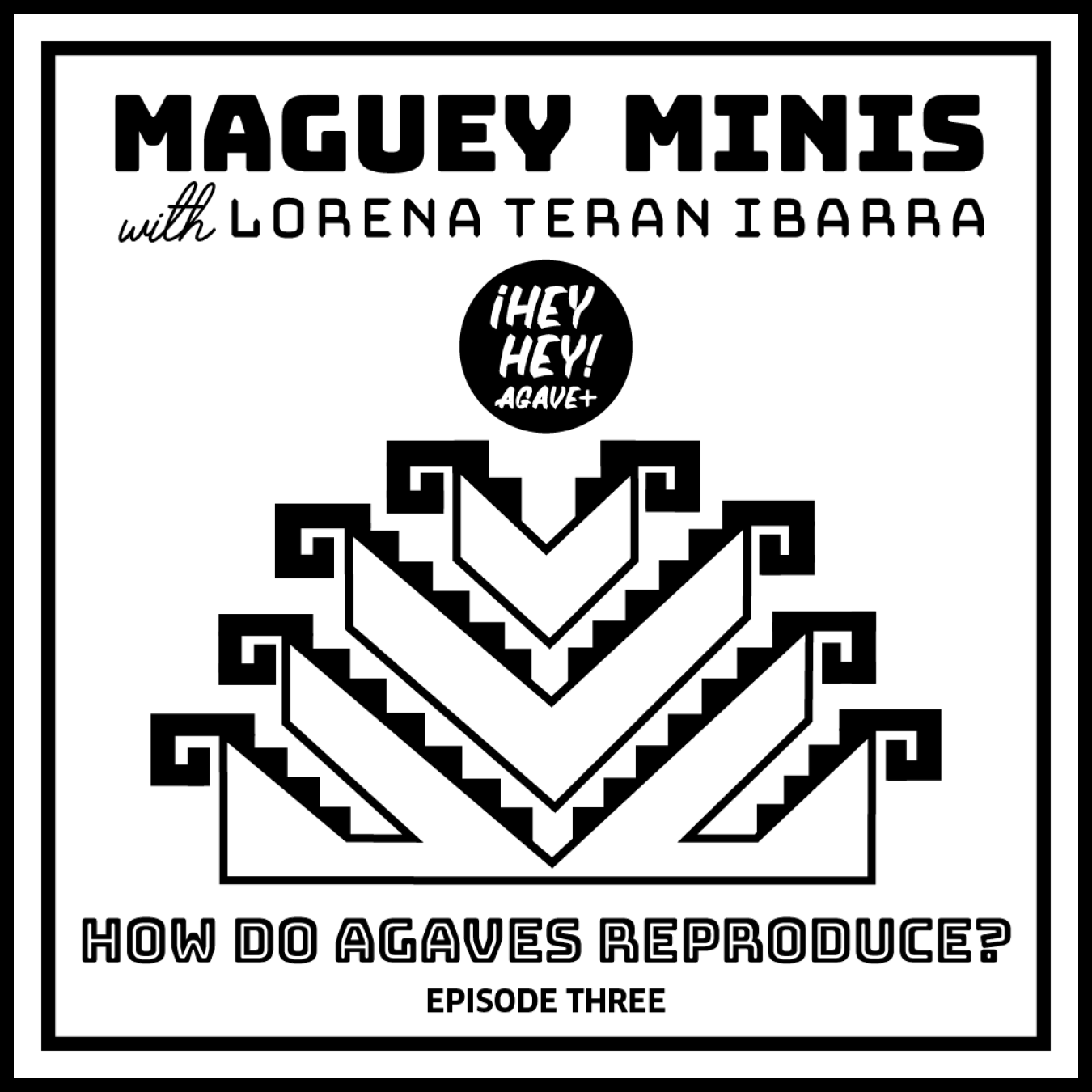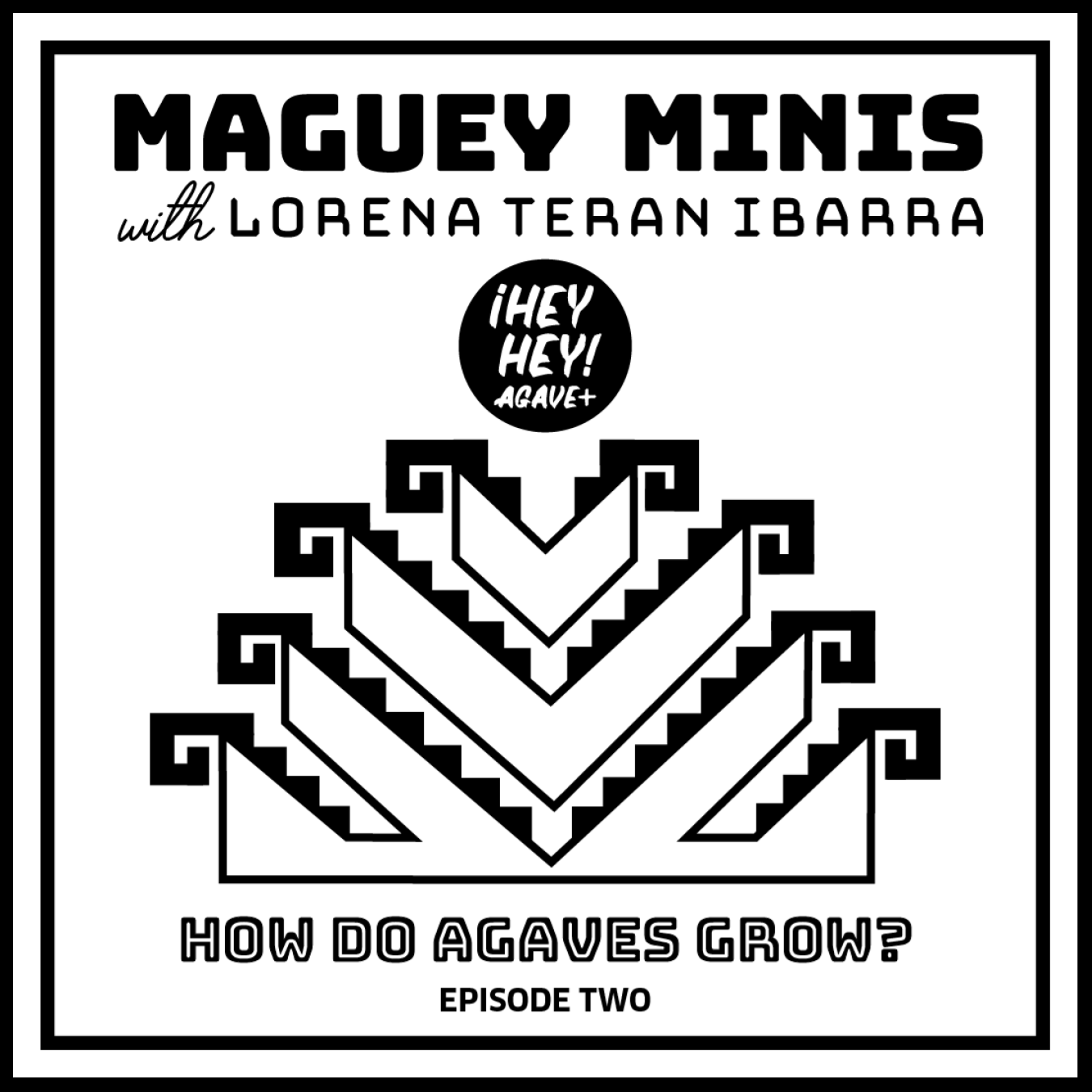Your Cart is Empty
free shipping $300+

27 + Lorena Terán Ibarra
Regenerative Agriculture in Oaxaca
Lorena Terán Ibarra is the director of Copita Project for El Buho Mezcal where she leads the regenerative agriculture and educational programs.
Initiated by the founders of El Buho, the Copita Project seeks to replenish and preserve the balance of the natural environment while planting cultivated and semi-cultivated agaves.
Practicing regenerative, organic agriculture in Copita Field is not a one size fits all solution. Lorena was quite candid in explaining the importance of learning from the environment and adapting to its needs. She makes a case for thoughtful and deliberate interventions and strategies. Methods that take time but ultimately produce the most beneficial long-term and positive environmental impact.
Links: Early in the pod we discuss the Henequen rope making process. This video explains the process.

1. Copita Field as it looked in the early days. The soil was in bad condition from years of over farming and neglect. (Photo taken during the dry season)

2. Copita Field after a few growing seasons. The patches of green between the rows of agaves are a combination of milpa and native foliage Lorena and her team planted.

3. A hillside above Copita Field during the dry season. (Left)
The same hillside above Copita Field during the wet season. (Right)

4. A patch of A. karwinskii's during the dry season. (Left) The same patch of A. karwinskii's over a year later during the wet season. (Right)

5. Planting the first Espadin agaves in the field. These A. angustifolias are ejuelos from the Jimenez Mendez family who produce El Buho Mezcal.

6. Lorena and Redford Parker walking towards the vivero (nursery).

7. These are the same agaves from pic 5, shown here three years later.

8. The landscape around Copita Field includes massive nopal cacti and another species called candelabro.

9. Maintaining a healthy ecosystem requires minimal intervention in large areas in order to keep the natural rhythm of the environment intact. Here we see native trees, and a candelabro cactus behind a quiote gone to seed.

10. Lorena surveys the land regularly in order to observe the endemic plants, insects and animals. She allows a large amount of wild agaves to go to seed. Some quiotes are harvested for their seeds and planted in the vivero.

11. Lorena and Red harvesting an A. karwinskii quiote for its seeds.

12. As long as the flowers are pollinated, each quiote can produce up to thousands of seeds! Pollinators like bats, birds and insects need their natural habitats for survival. If large areas are cleared for crops the pollinators are forced to find food and shelter elsewhere causing flowers to mature without being pollinated thereby decreasing the biodiversity of the area.

13. Agave seedlings send up a single shoot or cotiledon.

14. From the side of the single shoot the first leaf (penca) appears. This first leaf will start to form the rosette pattern.

15. A volunteer participating in an educational workshop Lore runs at the vivero.
16. Baby tobala agaves (A. potatorum) grown from seed.

17. Small agave's ready to be transplanted from their initial seedling trays to a larger plot inside the vivero.

18. The seedlings are washed in an organic enzyme bath protecting them from fungal diseases and hungry insects.
19. Lorena's son, Poño, helps wash the agaves.

20. Agaves soaking in the enzyme bath.
21. This is example of the larger plant beds inside the nursery. The agave can be thought of as toddlers at this point. They need room to grow but also the protection the vivero provides.

22.,23. More baby agaves ready to be transplanted.

24., 25., 26. Two year old tobala agaves ready to be transplanted outside the vivero.

27. The same two year old tobalas.
28. A wild tobala and its flowering quiote. This agave variety (A. potatorum) takes 10+ years to mature.

29. Espadin agaves (A. angustifolia) in the vivero.
30. Espadin agaves (A. angustifolia) that have been planted in the field.

31., 32., 33. Native plants grown from seed that will be replanted in the area when they are mature.

34., 35. Ants are a prominent part of the local ecosystem. As Lore mentions in the podcast, these ants are hungry! They devoured a pile a dried chiles in minutes. Part of the strategy is to grow food sources for the ants in order to detract them from eating the seedlings.

36., 37. A variety of trees that are ready to be planted outside the vivero.

38. An example of a simple watering technique to ensure the juvenile tree doesn't dry out.
39. Lore checks on all the transplanted trees around the field.

40., 41. The trees are planted around the agave. As they age and their roots spread they will help prevent soil erosion and retain water.

42. Planting milpa between the agaves is an ancient farming practice that allows the simultaneous growth of three crops; beans, corn and squash. This system is advantageous for the small agaves as it provides shade and enhances the health of the soil during the wet season.

43., 44. The milpa after a few weeks and some rain!

45., 46., 47. Copita Field (May 2021).
+ All images courtesy of Lorena Teran Ibarra and El Buho Mezcal unless otherwise noted.


